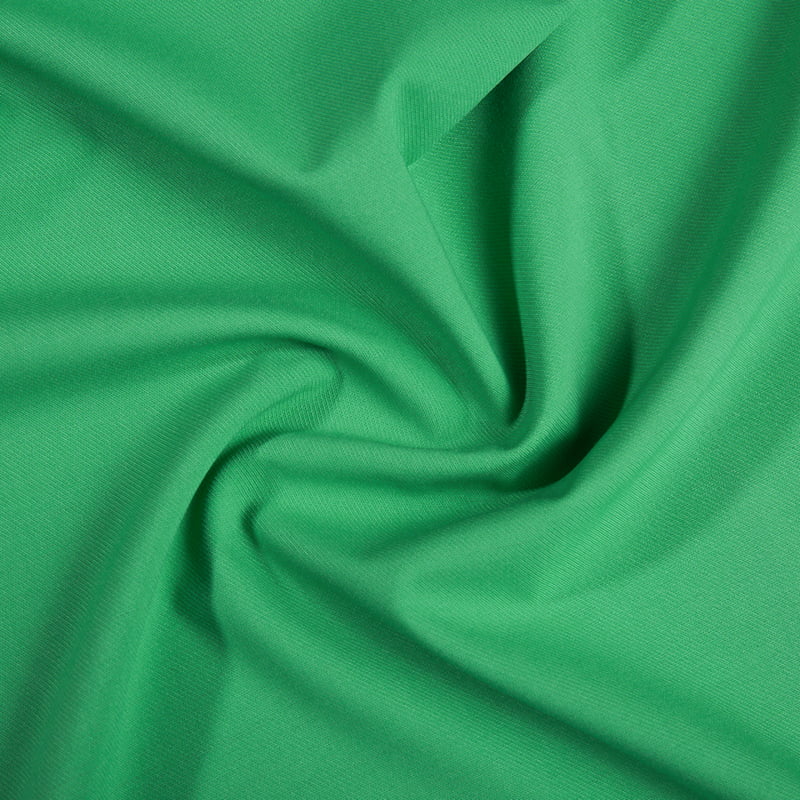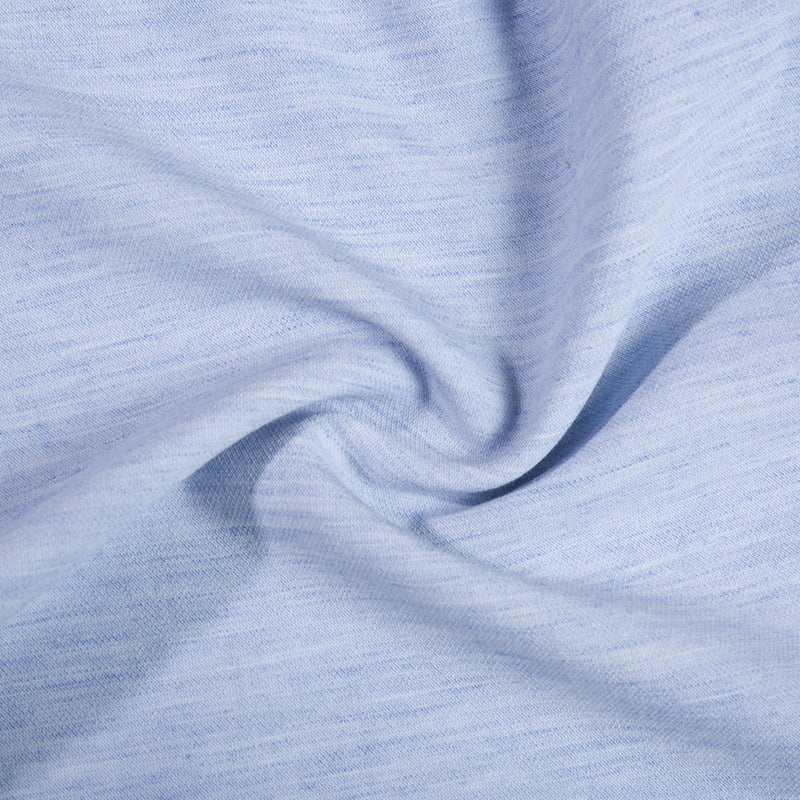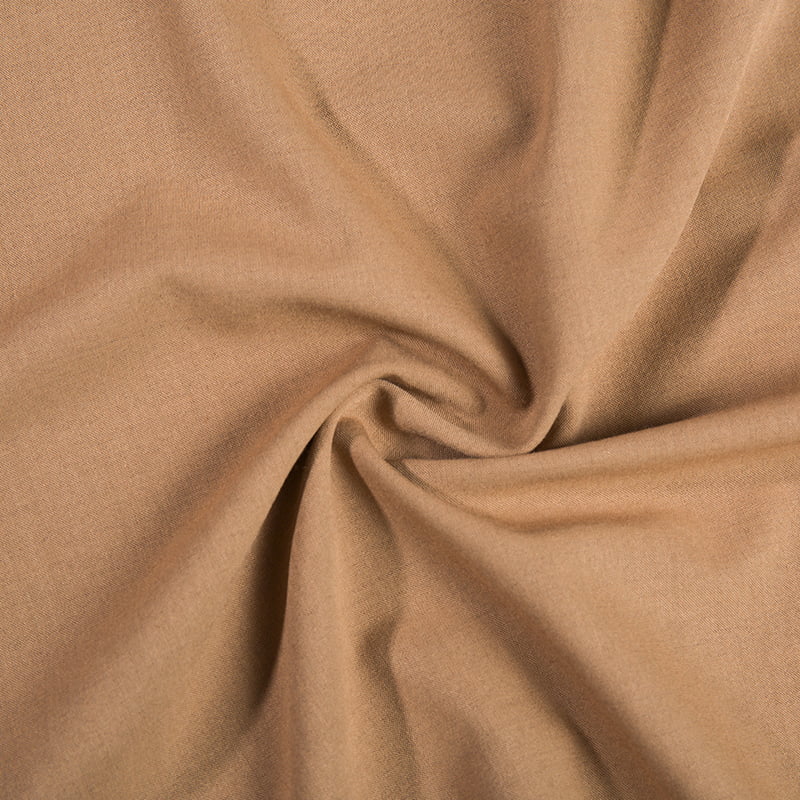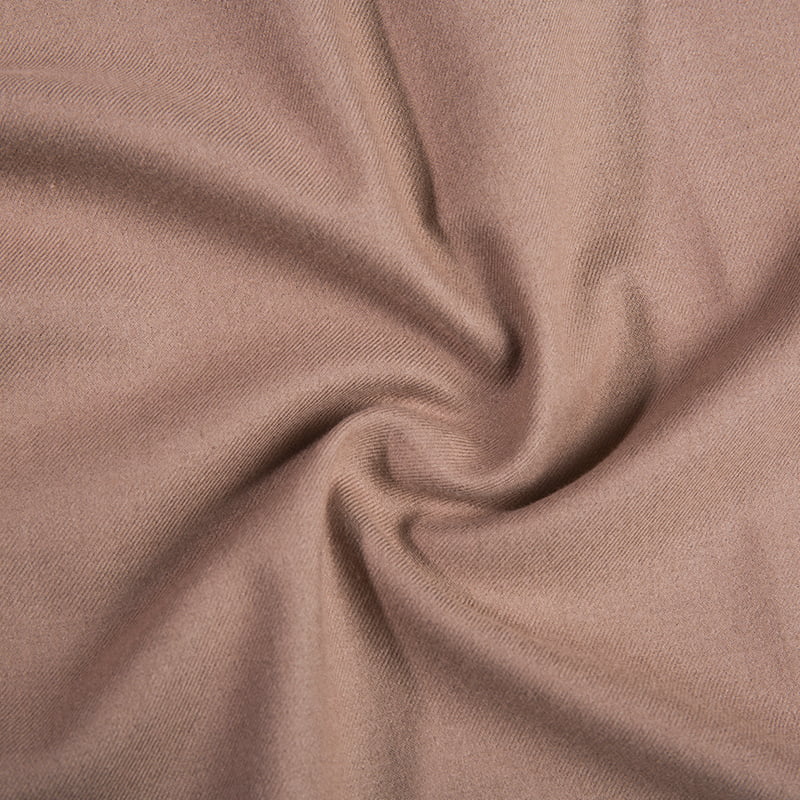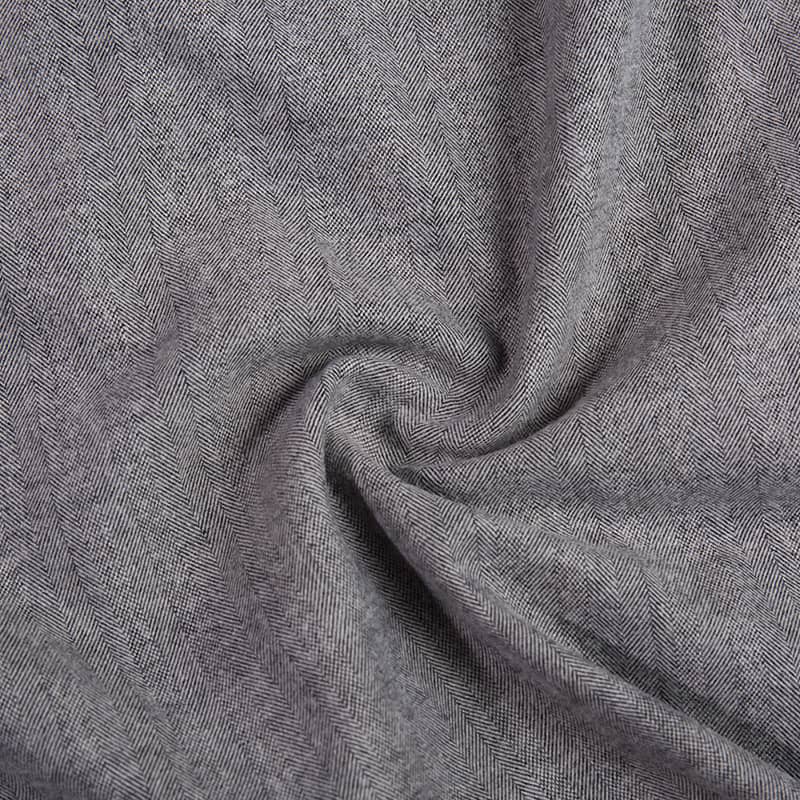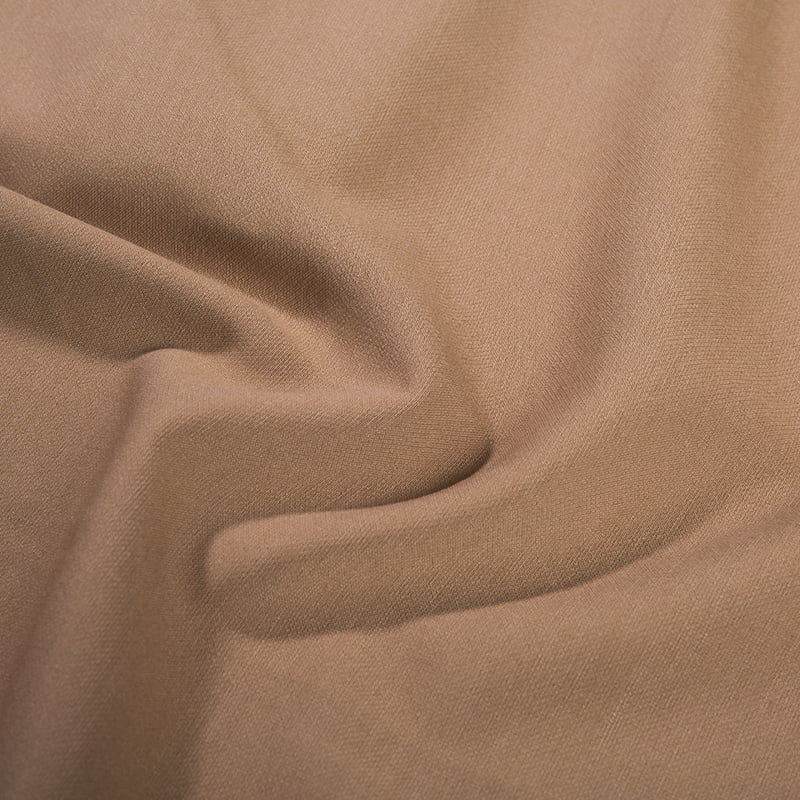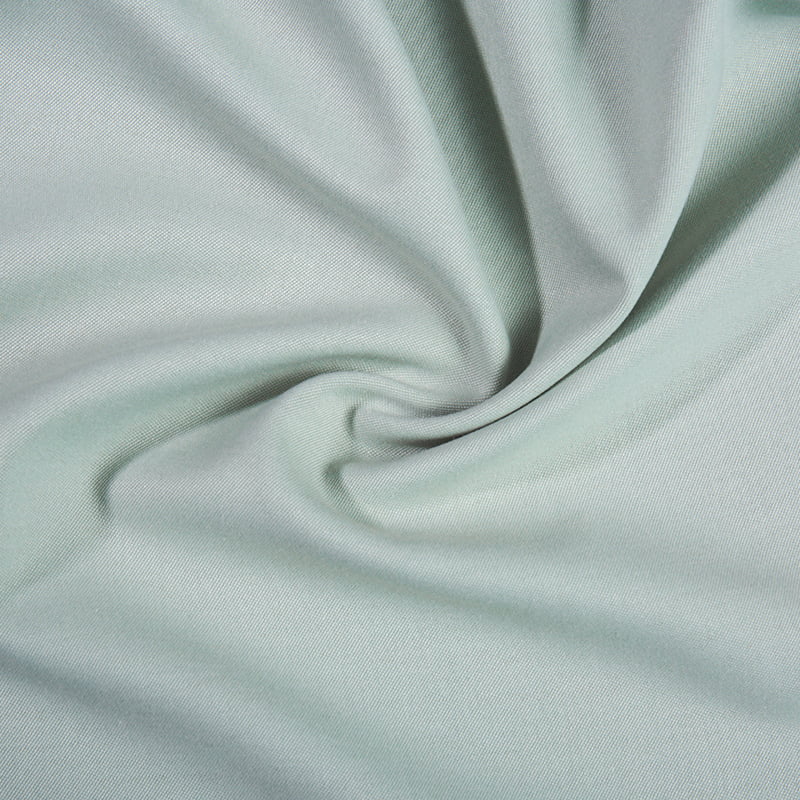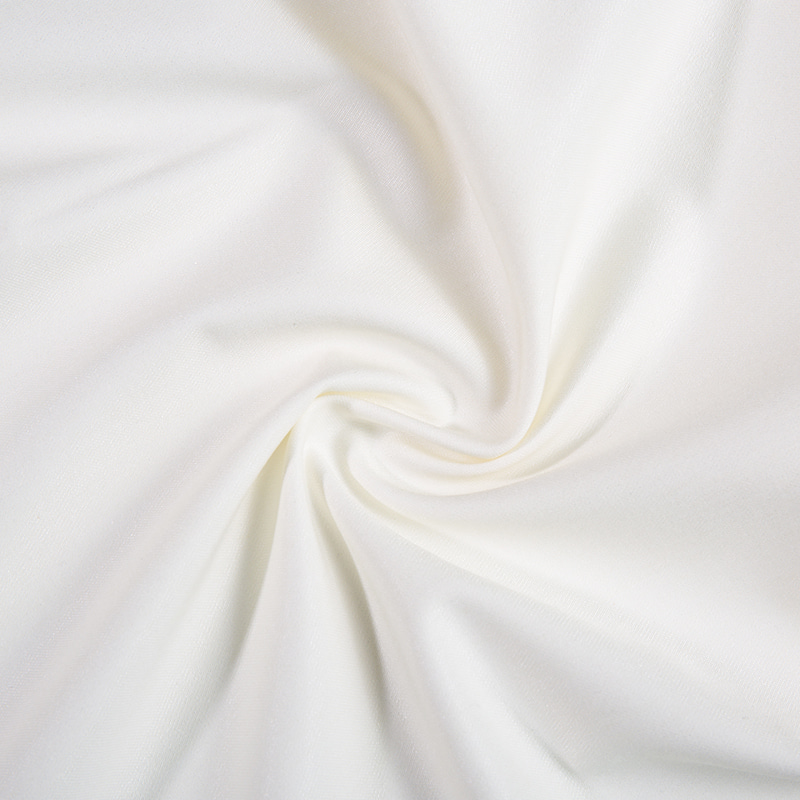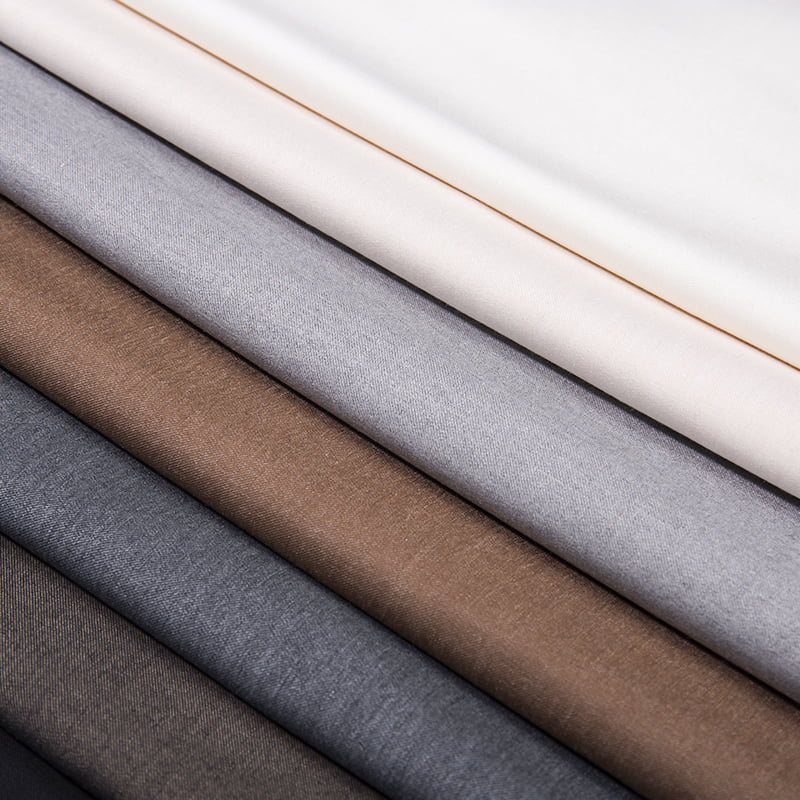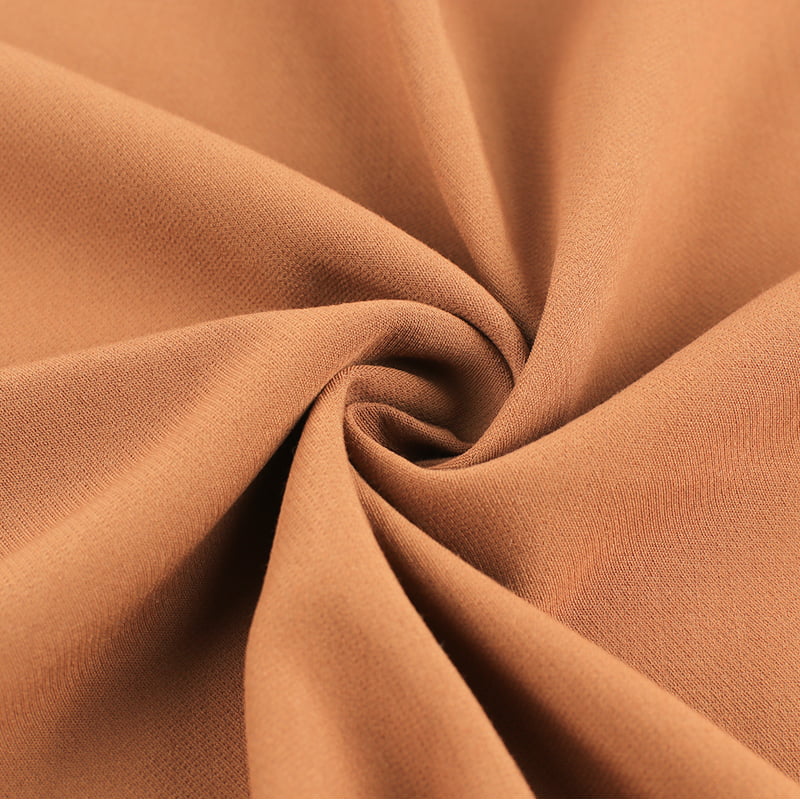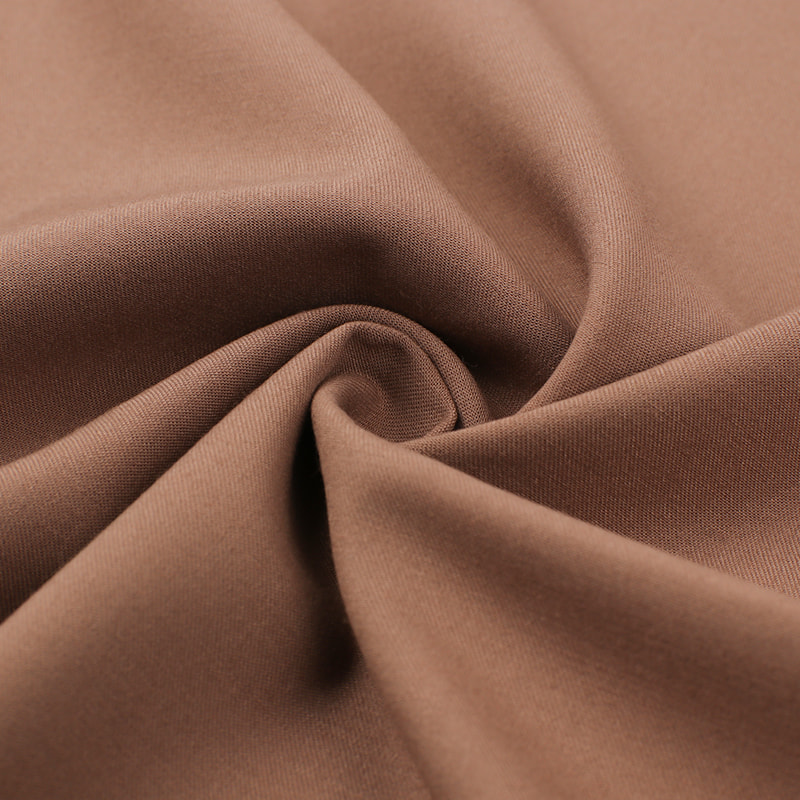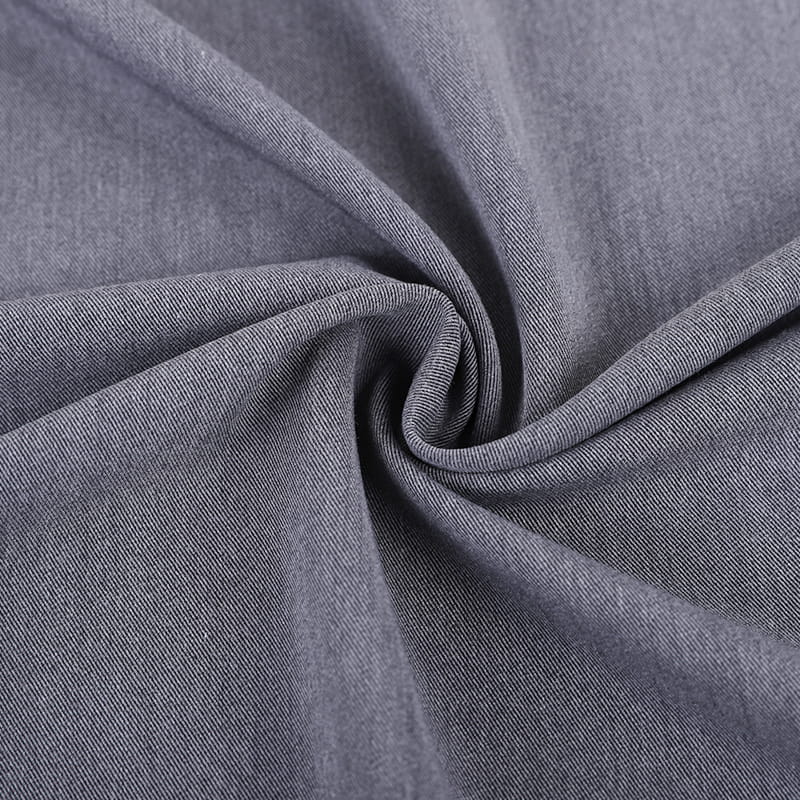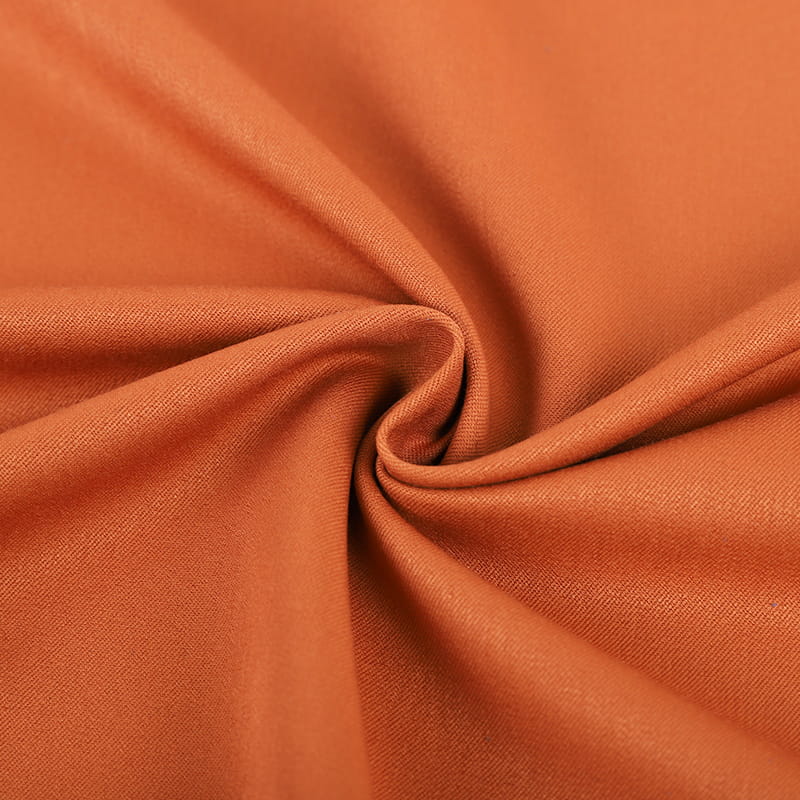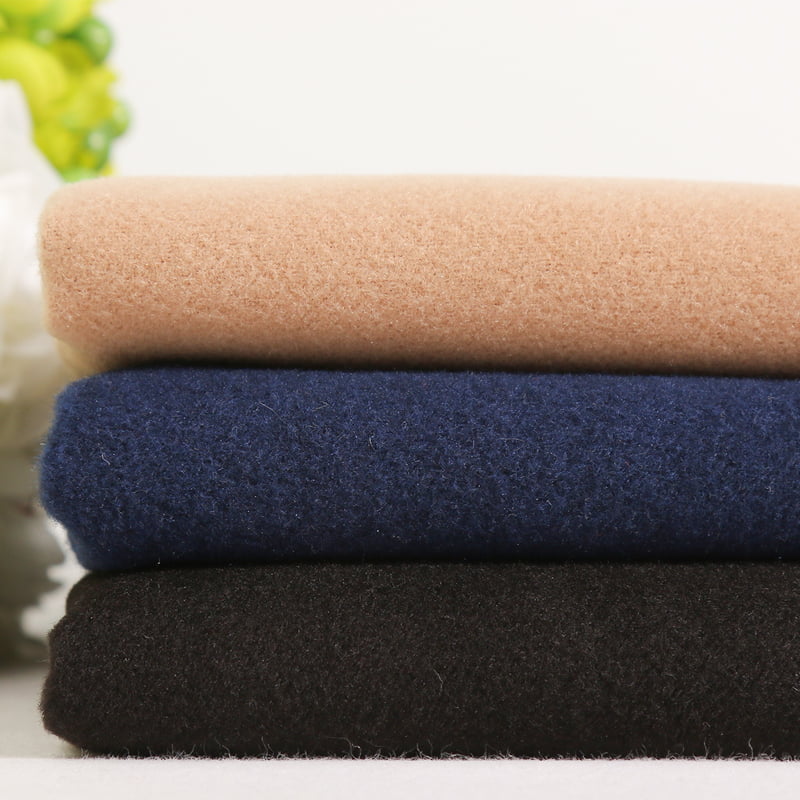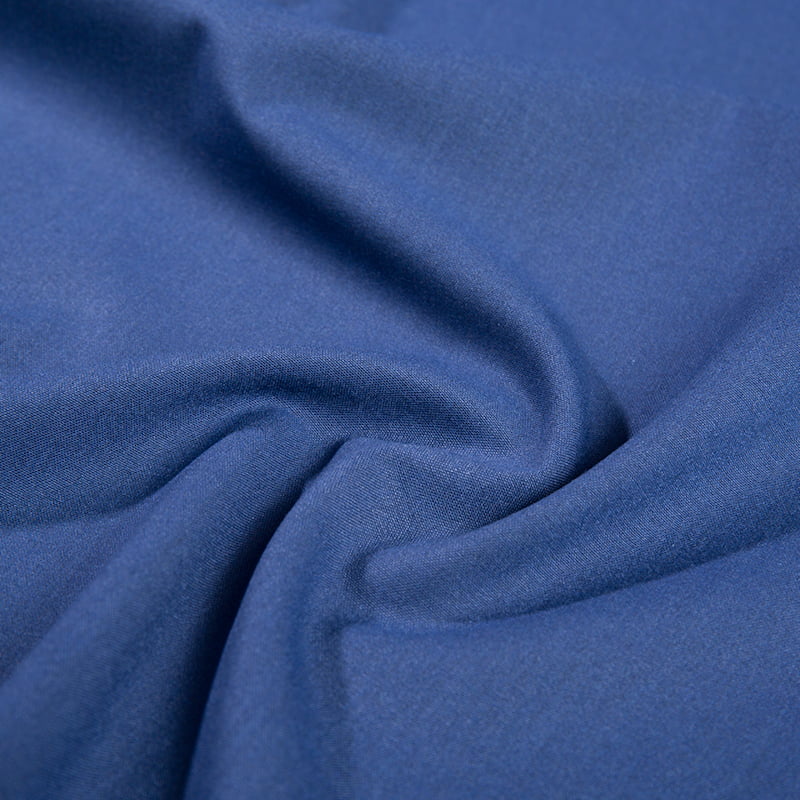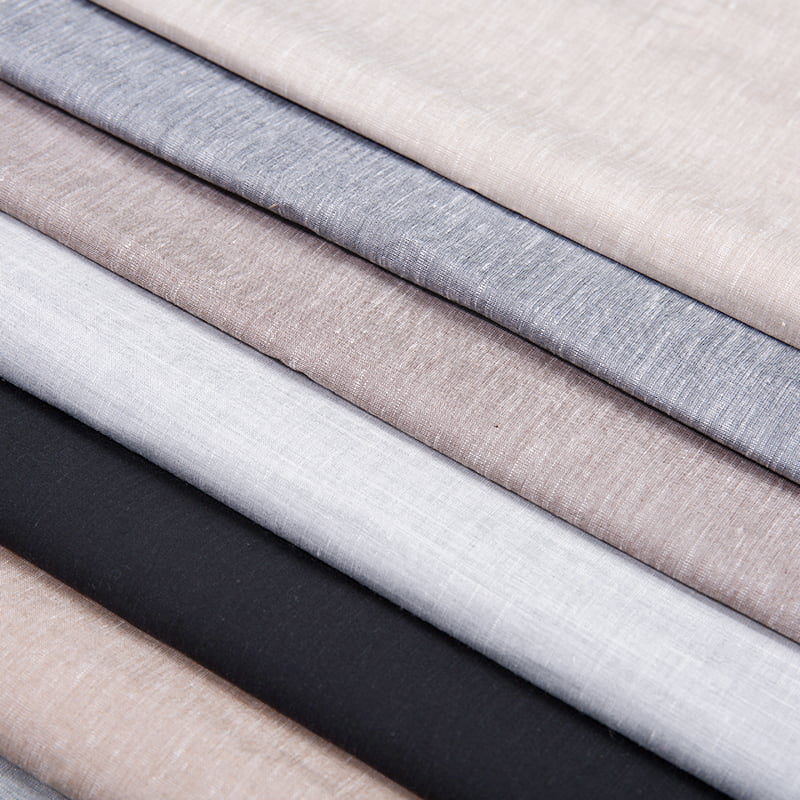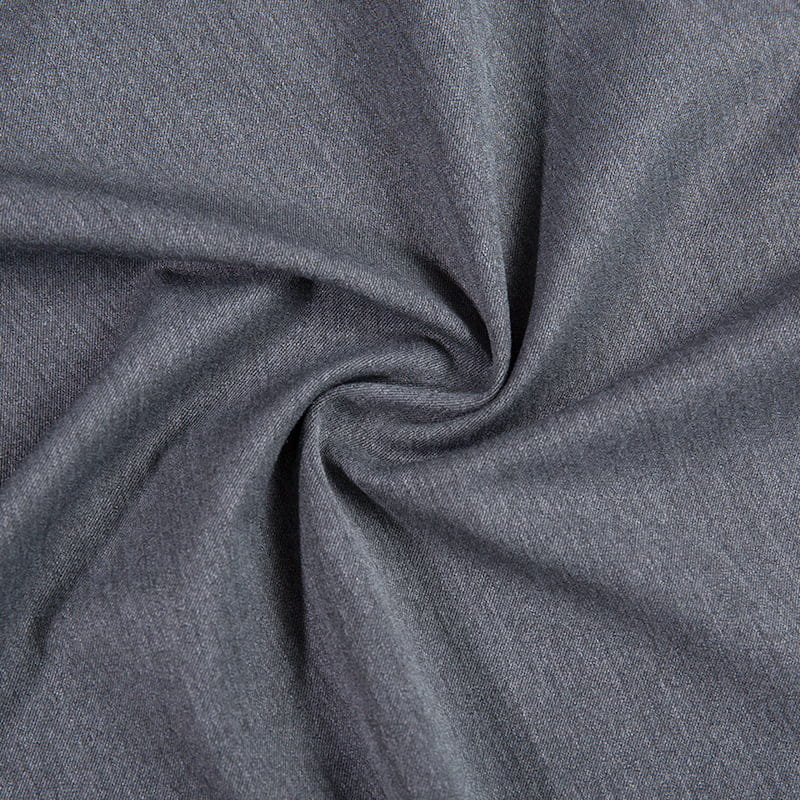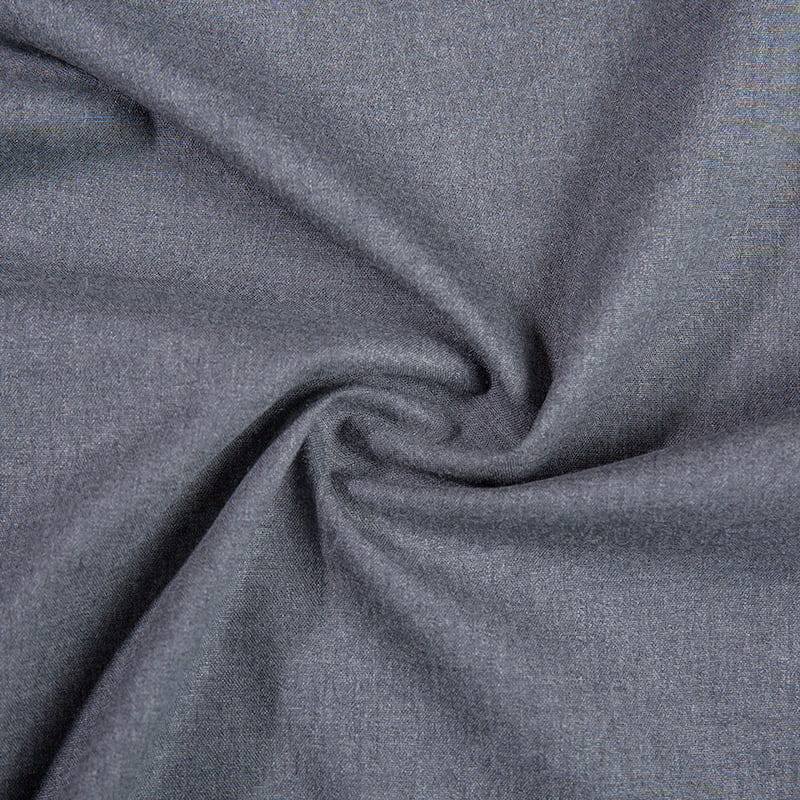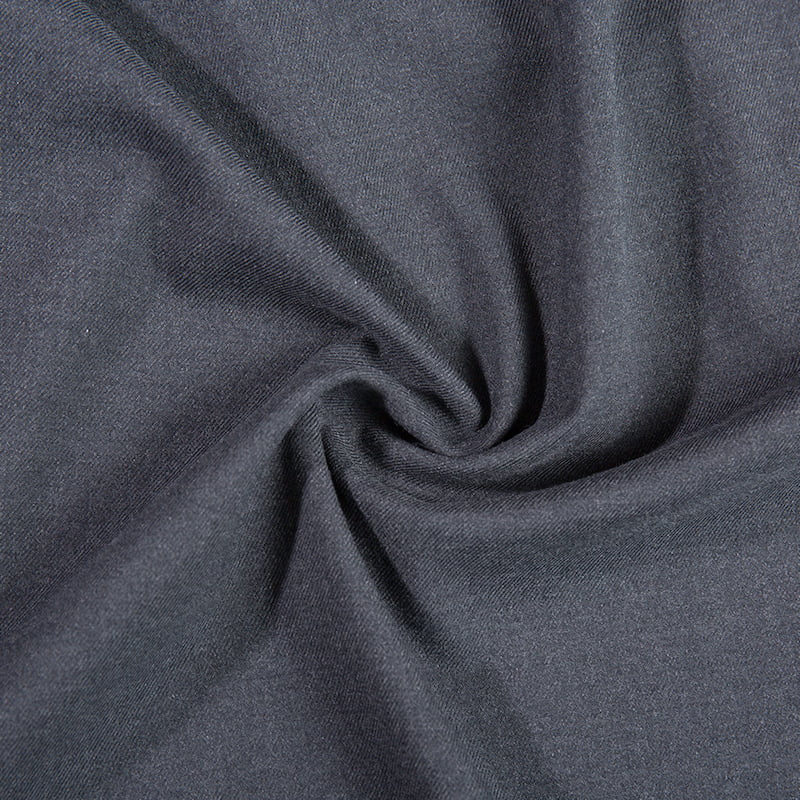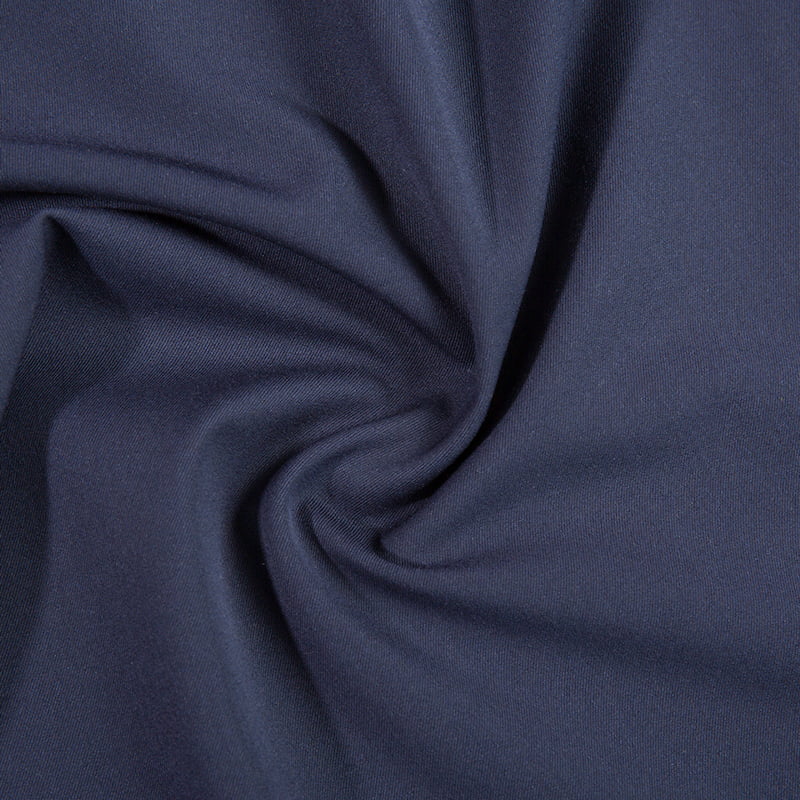In the global market where demand for sports, leisure, fashion and functional clothing is surging, Dyed Poly Rayon Woven Fabric With Stretch has become a popular material that brands and manufacturers are competing to develop due to its comfort, durability and excellent shape recovery ability. However, the industrial production of this composite fabric faces multiple technical challenges, and cross-disciplinary technical collaboration and process innovation are required to achieve stable delivery.
Challenge 1: Compatibility of fiber blending and elastic structure
The core of Dyed Poly Rayon Woven Fabric With Stretch is the simultaneous integration of polyester (Polyester), viscose (Rayon) and elastic fibers (such as spandex). Polyester provides strength and wrinkle resistance, viscose gives soft touch and moisture absorption, and spandex is responsible for elasticity. However, the physical properties of the three fibers are significantly different: polyester has a high melting point but is hydrophobic, viscose is hydrophilic but easy to shrink, and spandex is sensitive to temperature and chemical treatment. How to balance the fiber ratio, twist and weaving structure during spinning and weaving to ensure stretch uniformity (usually 20%-30% elongation is required) without sacrificing fabric flatness is the primary difficulty in process design.
Challenge 2: Dyeing uniformity and color fastness control
The dyeing process is a key link in determining fabric quality. Polyester requires disperse dyes to be dyed at high temperatures (above 130°C), while viscose is suitable for reactive dyes in an alkaline environment at room temperature. The process conditions of the two conflict. If the "two-bath method" is used for step-by-step dyeing, although it can reduce fiber damage, it will double the energy consumption and time costs; while the "one-bath method" requires the development of new composite dyes and precise control of pH and temperature. If you are not careful, color difference, color flowers or spandex elastic failure will occur. In addition, viscose fibers are prone to fibrillation (pilling) after dyeing, which affects the surface finish and needs to be compensated by enzyme washing or cross-linking treatment, which further increases the complexity of the process.
Challenge 3: Dimensional stability and durability conflict
The long-term performance of stretch fabrics depends on their shrinkage and elastic attenuation rates. Since the moisture absorption and thermal shrinkage rates of polyester and viscose are significantly different (for example, the shrinkage rate of viscose in wet state can reach 8%-10%, while that of polyester is only 0.5%-1%), the fabric is easily deformed due to wet heat treatment during the finishing stage. To this end, manufacturers need to improve dimensional stability through pre-shrinkage treatment, shaping process optimization (such as loose drying and low-temperature shaping), and elastic fiber coating technology (such as twisting spandex and polyester filaments). However, these measures may reduce the breathability of the fabric or increase costs. How to strike a balance between performance and price has become the focus of the supply chain game.
Industry breakthrough: technological innovation and collaborative R&D
Faced with the above challenges, leading companies are breaking through bottlenecks through three major paths:
Material science upgrade: developing high-resilience viscose modified fibers (such as Lyocell and spandex blends) to reduce dependence on polyester;
Intelligent dyeing and finishing technology: using cold pad batch dyeing (Cold Pad Batch) and digital jet printing to reduce energy consumption and improve color accuracy;
Data-driven quality control: using AI algorithms to analyze the relationship between weaving tension, dyeing parameters and finished product performance, and establish a dynamic process database.
According to the International Textile Manufacturers Federation (ITMF), the global stretch woven fabric market will exceed US$42 billion in 2024, of which Dyed Poly Rayon Woven Fabric With Stretch is expected to account for more than 15% of the market share. Despite the severe technical challenges, through cross-industry chain cooperation and continuous R&D investment, this material with both functionality and aesthetics will surely open up a wider range of application scenarios - from high-performance sports equipment to smart wearable devices, its potential is far from reaching its peak.


 English
English 中文简体
中文简体 日本語
日本語 한국어
한국어 Español
Español русский
русский
